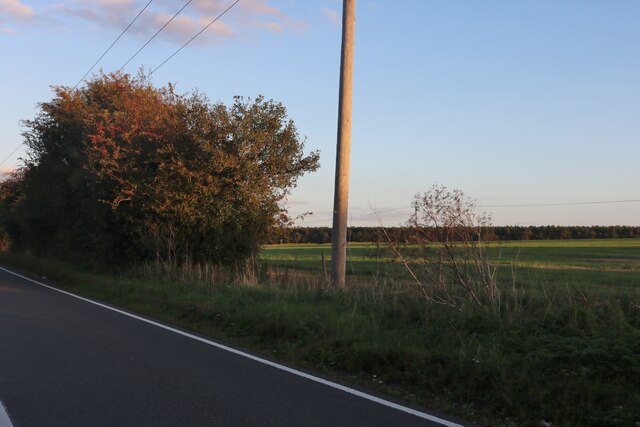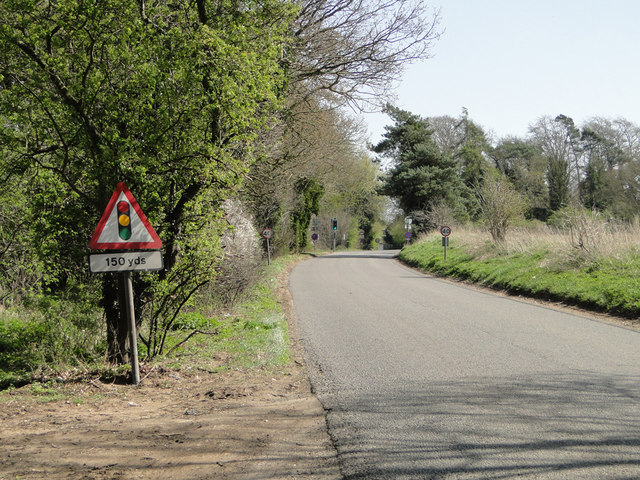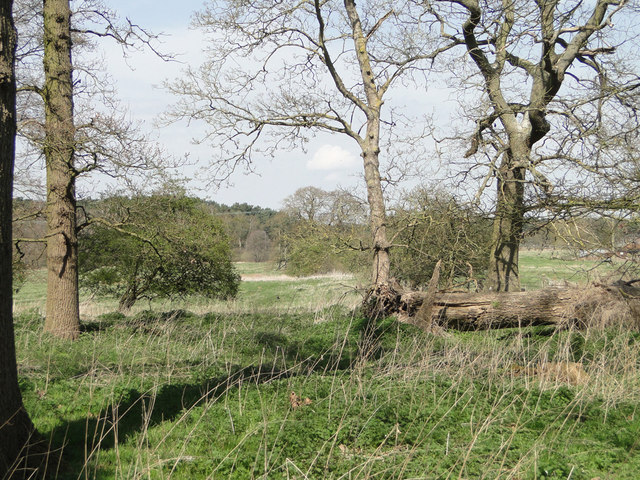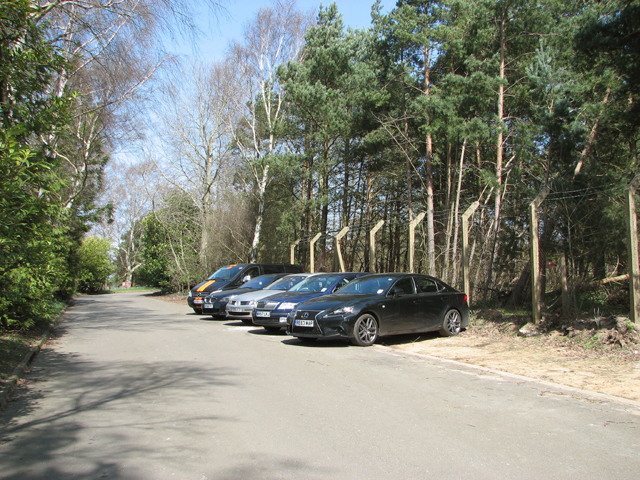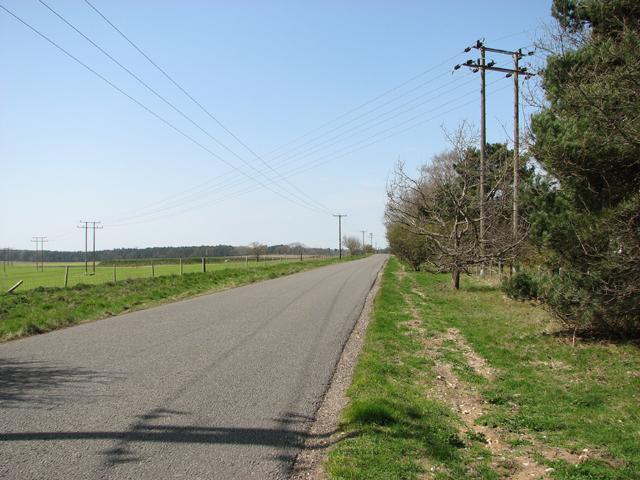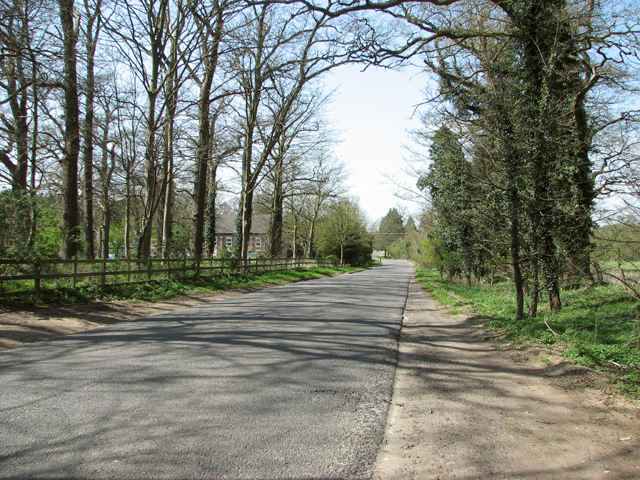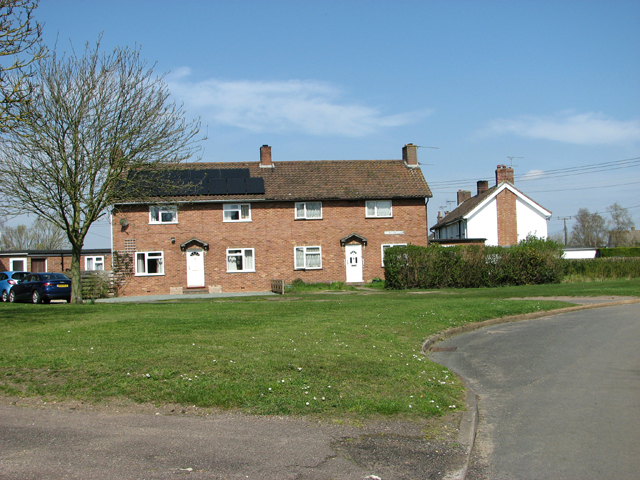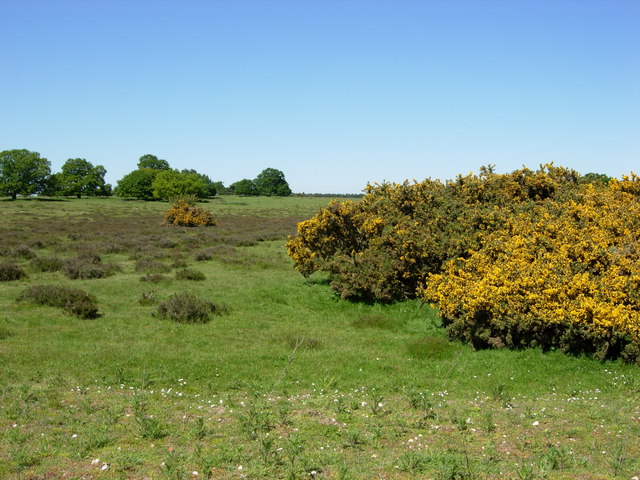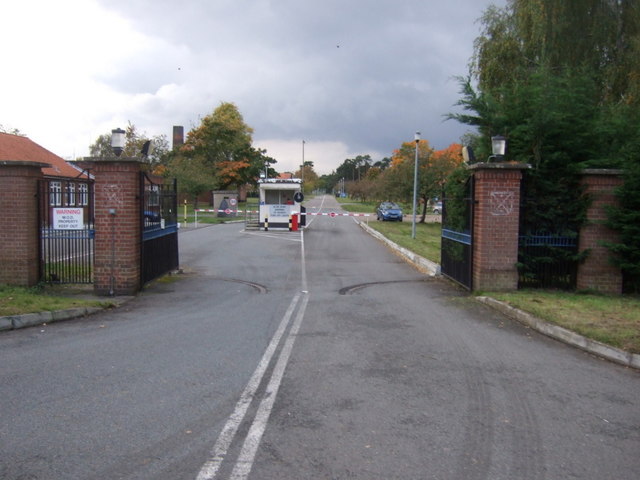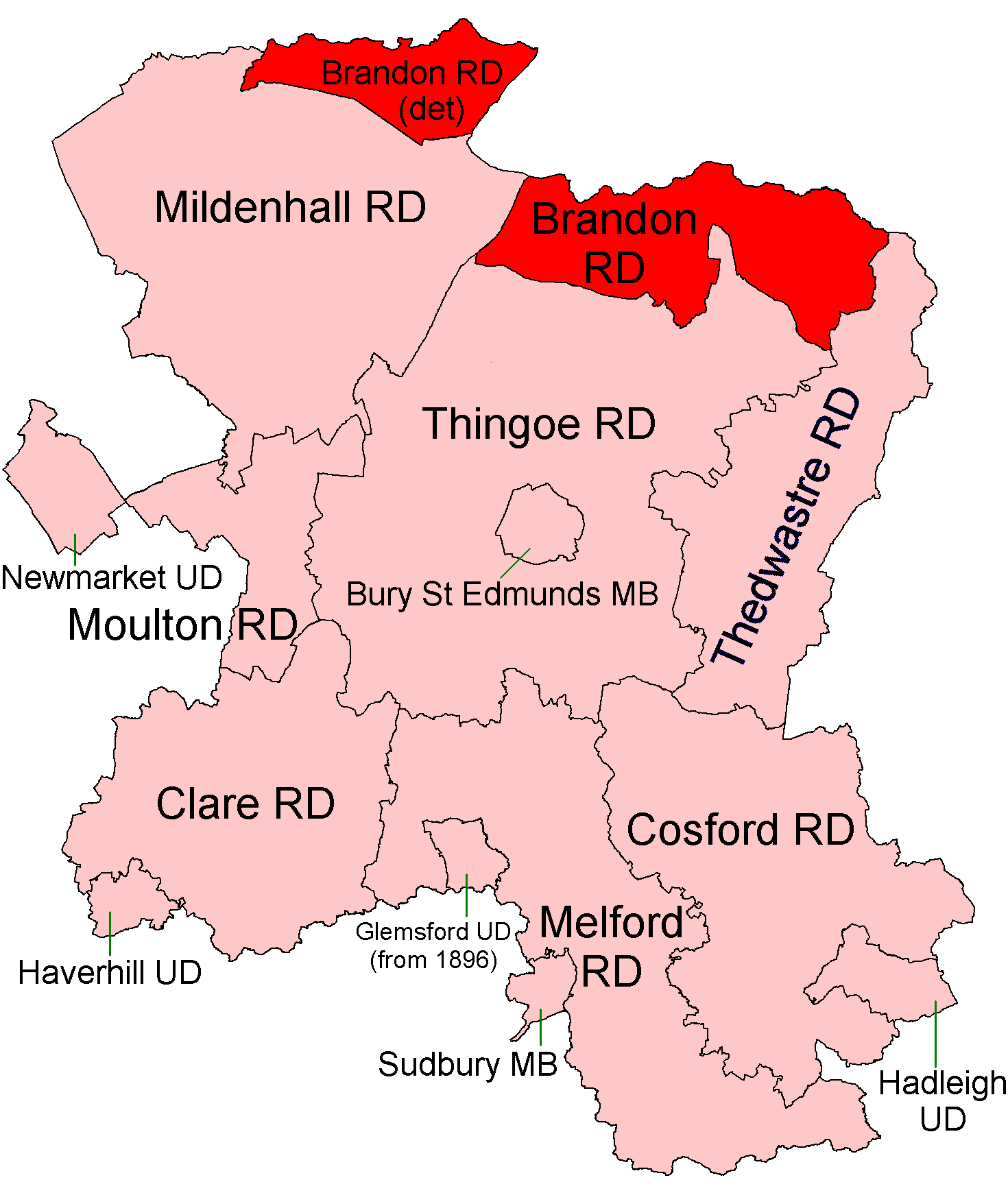Thetford Heath
Downs, Moorland in Suffolk West Suffolk
England
Thetford Heath
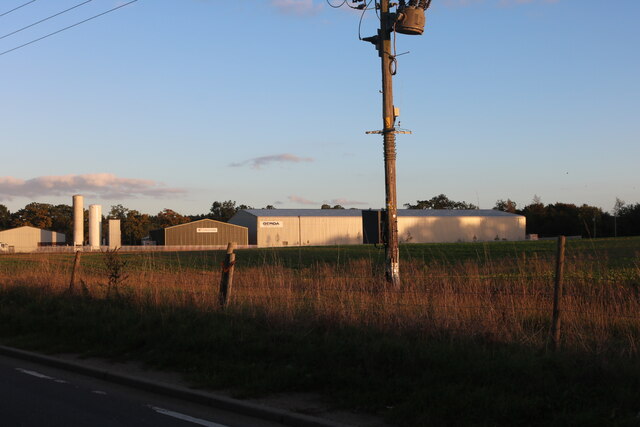
Thetford Heath, located in Suffolk, England, is a picturesque area renowned for its natural beauty and diverse ecosystems. Covering several acres, this expanse of heathland is a captivating blend of downs and moorland. The heathland is characterized by its open, undulating terrain, speckled with gorse bushes, heather, and grasses. These plants create a vibrant tapestry of colors, with shades of purple, yellow, and green dominating the landscape.
Thetford Heath is home to a plethora of wildlife, attracting nature enthusiasts and bird watchers from all over. The variety of habitats, ranging from wetland areas to dry heath, provides a haven for numerous species. Visitors can spot iconic birds such as curlews, lapwings, and skylarks, as well as rare butterflies like the silver-studded blue and grayling. Additionally, small mammals like rabbits, foxes, and deer can be observed in their natural habitats.
The heath is crisscrossed by a network of footpaths, offering visitors the opportunity to explore the area and take in its scenic vistas. Ancient burial mounds and remnants of prehistoric settlements are scattered throughout the heath, adding an element of historical intrigue to the landscape. Furthermore, the heathland is a designated Site of Special Scientific Interest (SSSI), recognizing its ecological importance and conservation value.
Thetford Heath provides a tranquil escape from the hustle and bustle of daily life, inviting visitors to experience the beauty of Suffolk's natural heritage. Its unique combination of downs and moorland, teeming with wildlife and steeped in history, ensures that all who venture here will have an unforgettable encounter with nature.
If you have any feedback on the listing, please let us know in the comments section below.
Thetford Heath Images
Images are sourced within 2km of 52.387898/0.72227831 or Grid Reference TL8580. Thanks to Geograph Open Source API. All images are credited.
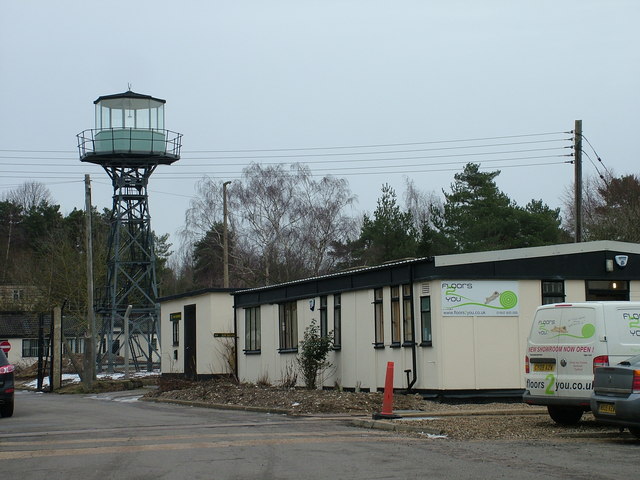
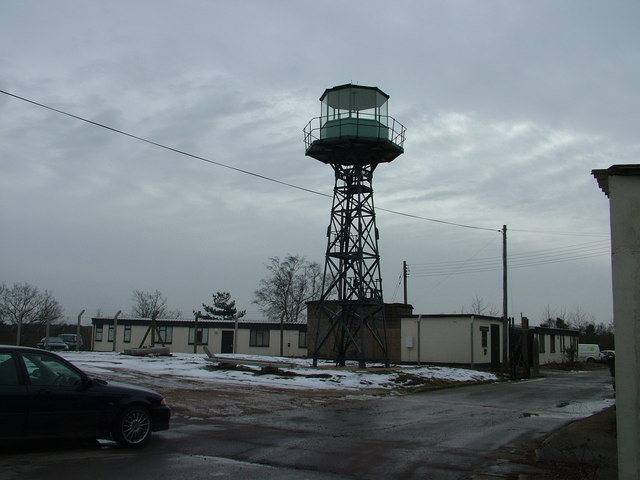
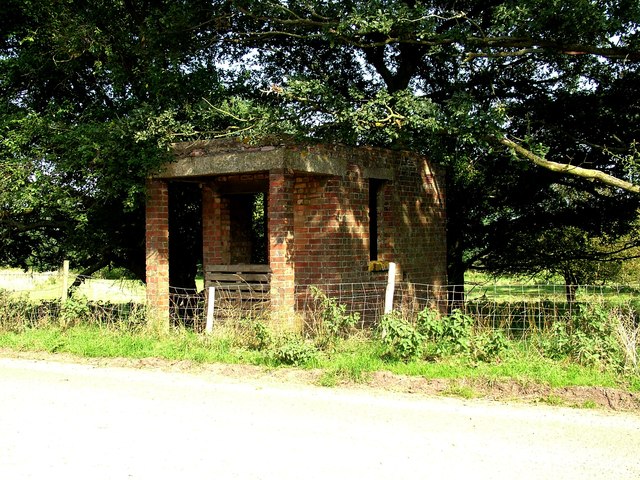
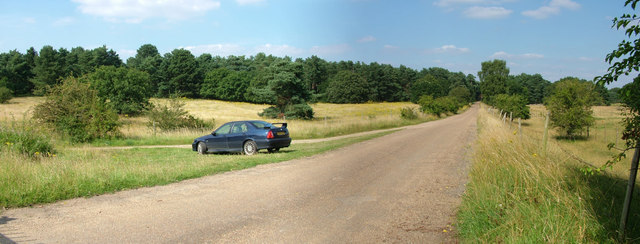
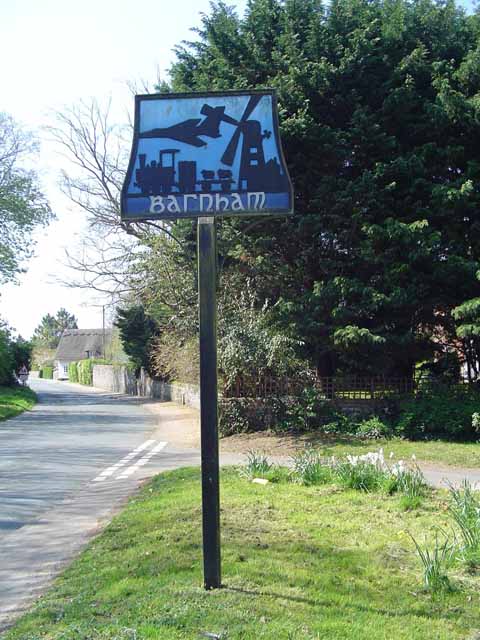
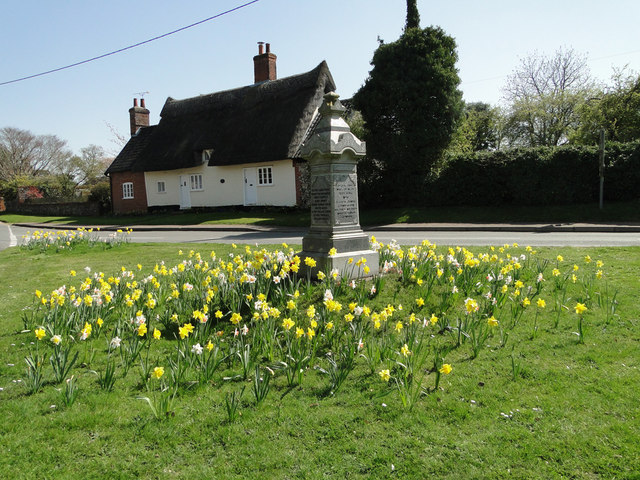
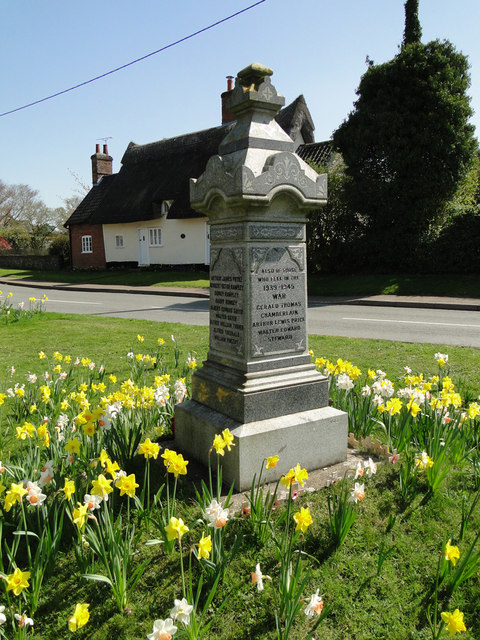
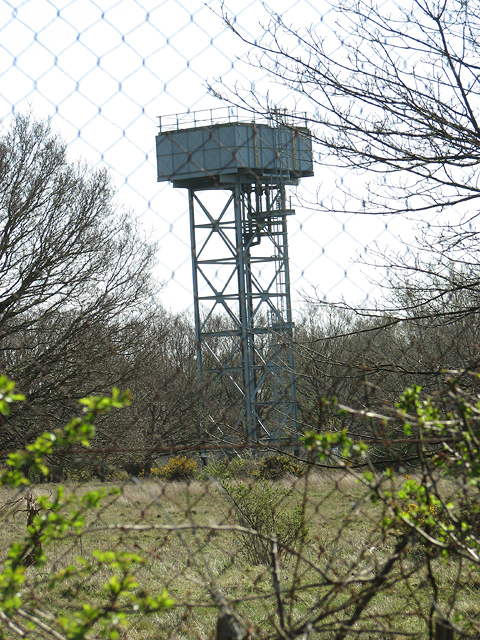
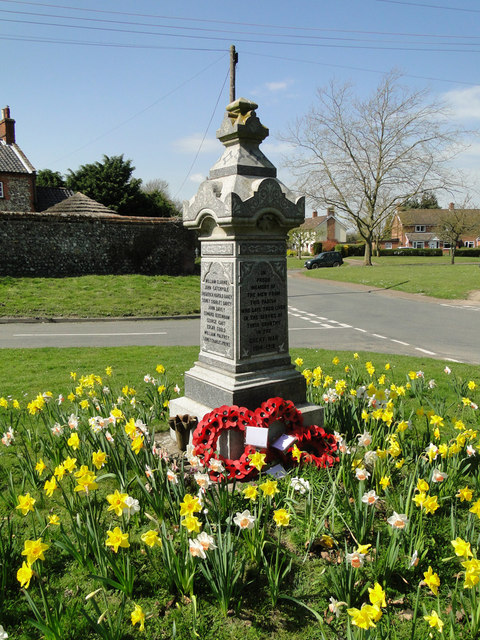

Thetford Heath is located at Grid Ref: TL8580 (Lat: 52.387898, Lng: 0.72227831)
Administrative County: Suffolk
District: West Suffolk
Police Authority: Suffolk
What 3 Words
///detect.gathers.paler. Near Thetford, Norfolk
Nearby Locations
Related Wikis
Thetford Heaths
Thetford Heaths is a 270.6-hectare (669-acre) biological and geological Site of Special Scientific Interest in Suffolk. It is a Nature Conservation Review...
RAF Barnham
RAF Barnham (also called Barnham Camp) is a Royal Air Force station situated in the English county of Suffolk 2 miles (3.2 km) south of the Norfolk town...
Barnham railway station (Suffolk)
Barnham railway station is a former station in Barnham, Suffolk on a now closed line between Thetford and Bury St Edmunds. It was located close to the...
Brandon Rural District
Brandon was a rural district in Suffolk, England from 1894 to 1935. The district was created in 1894 as the Suffolk part of the Thetford rural sanitary...
Nearby Amenities
Located within 500m of 52.387898,0.72227831Have you been to Thetford Heath?
Leave your review of Thetford Heath below (or comments, questions and feedback).
